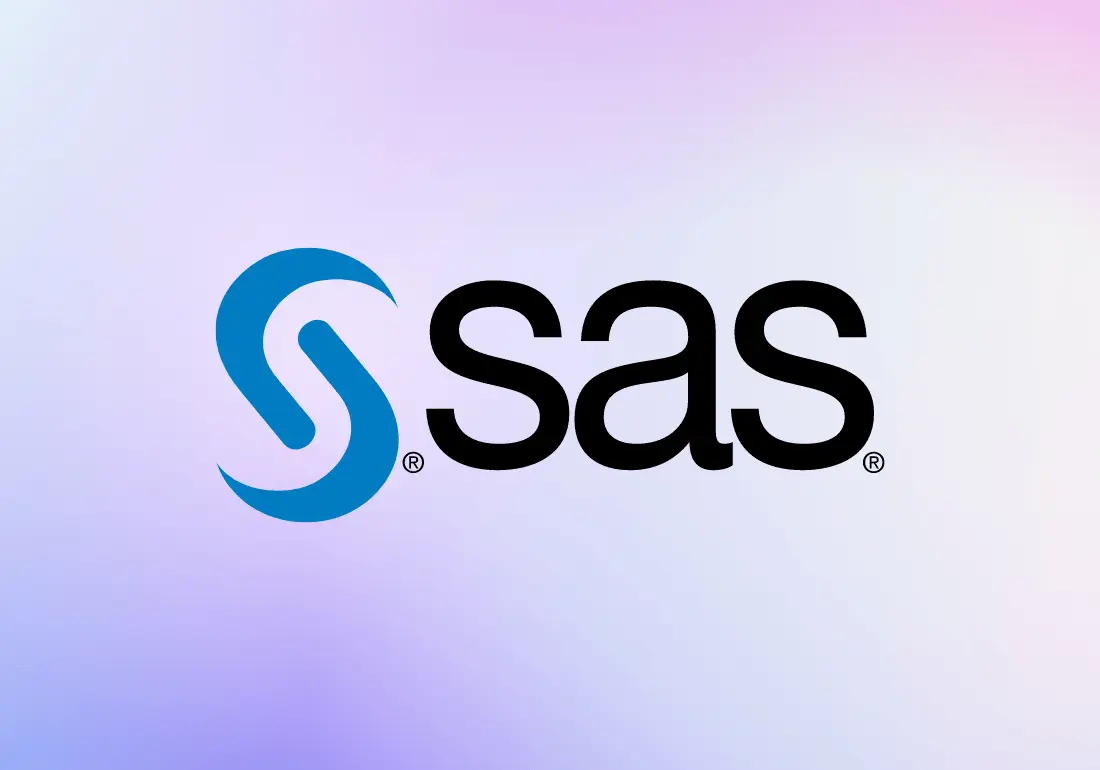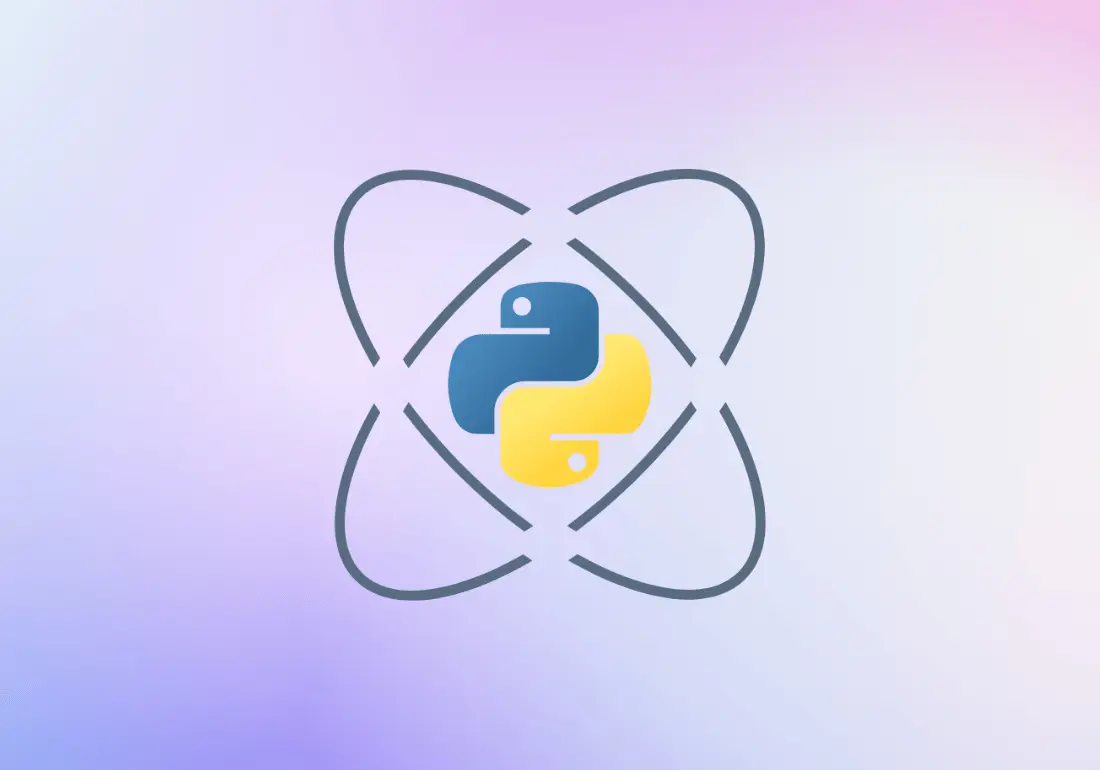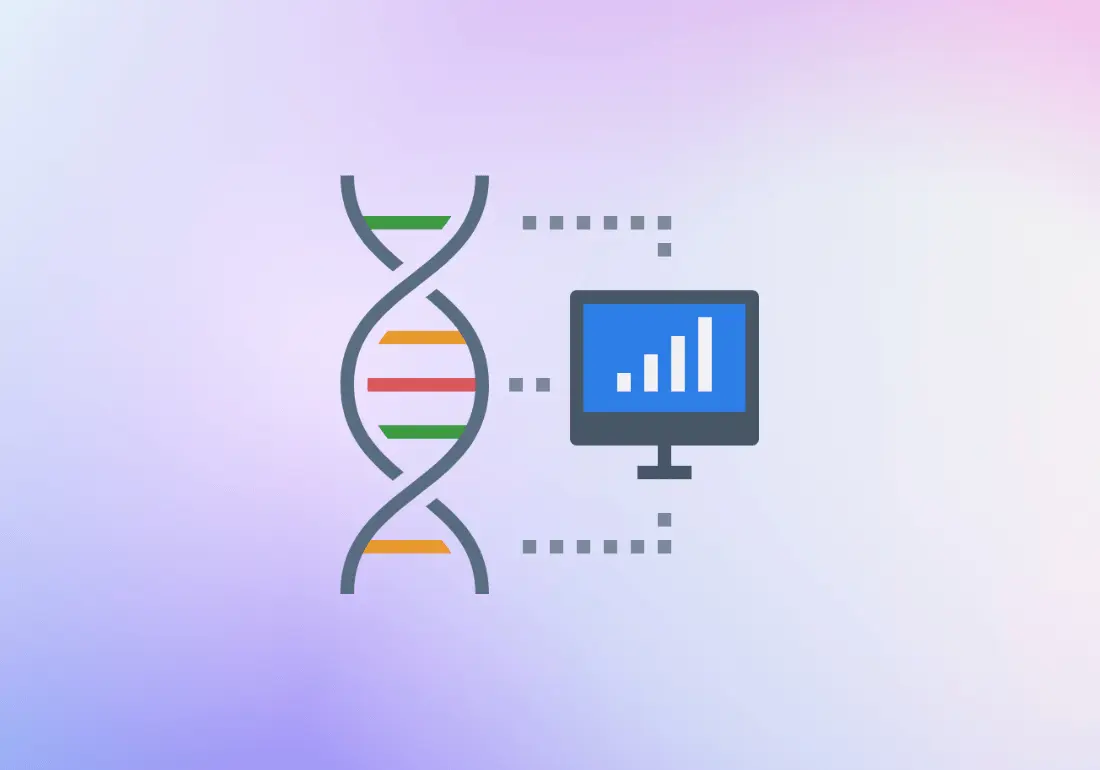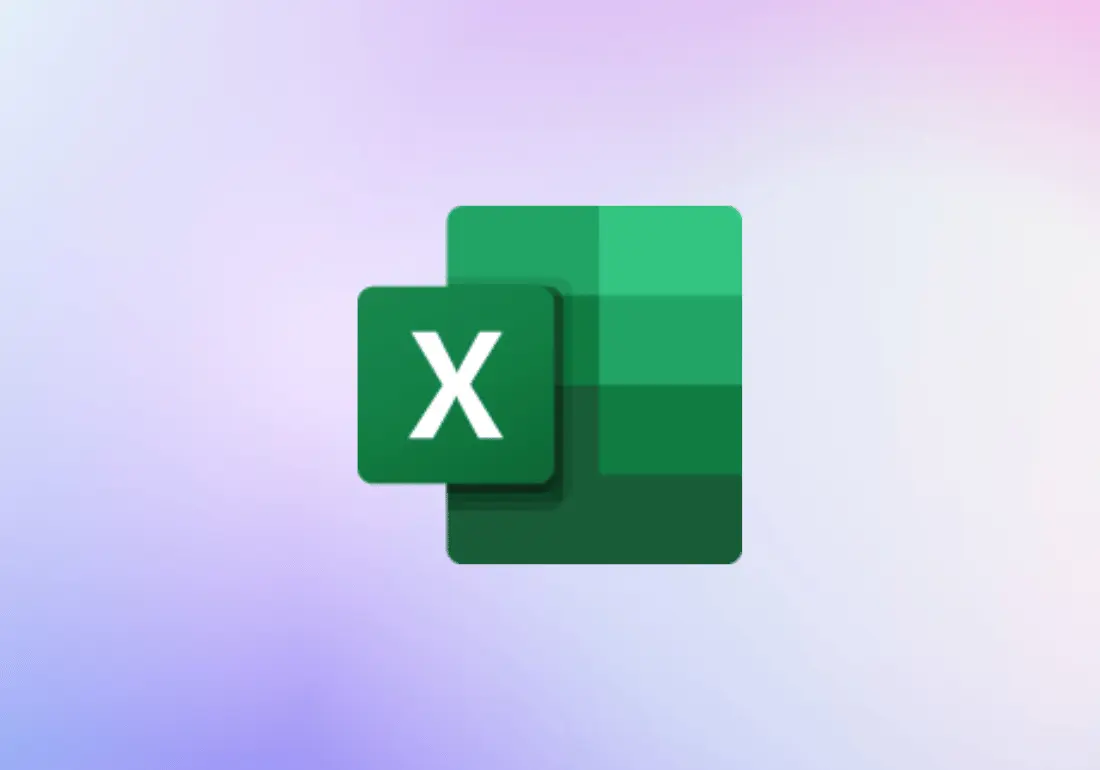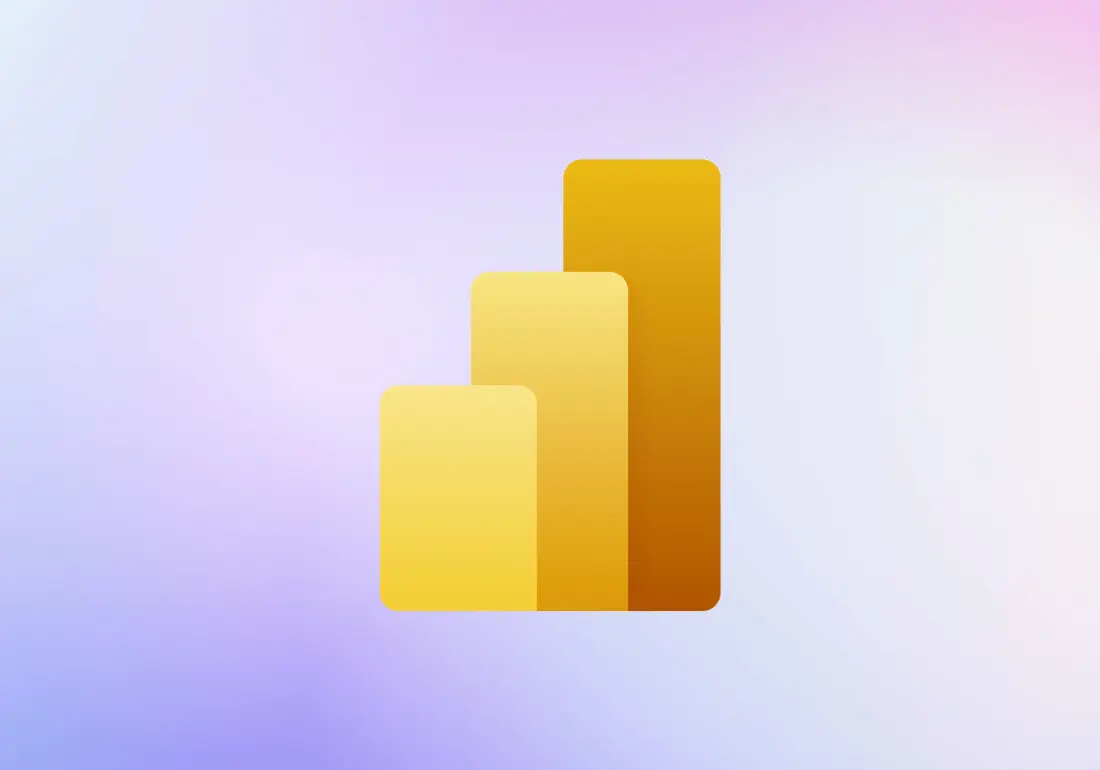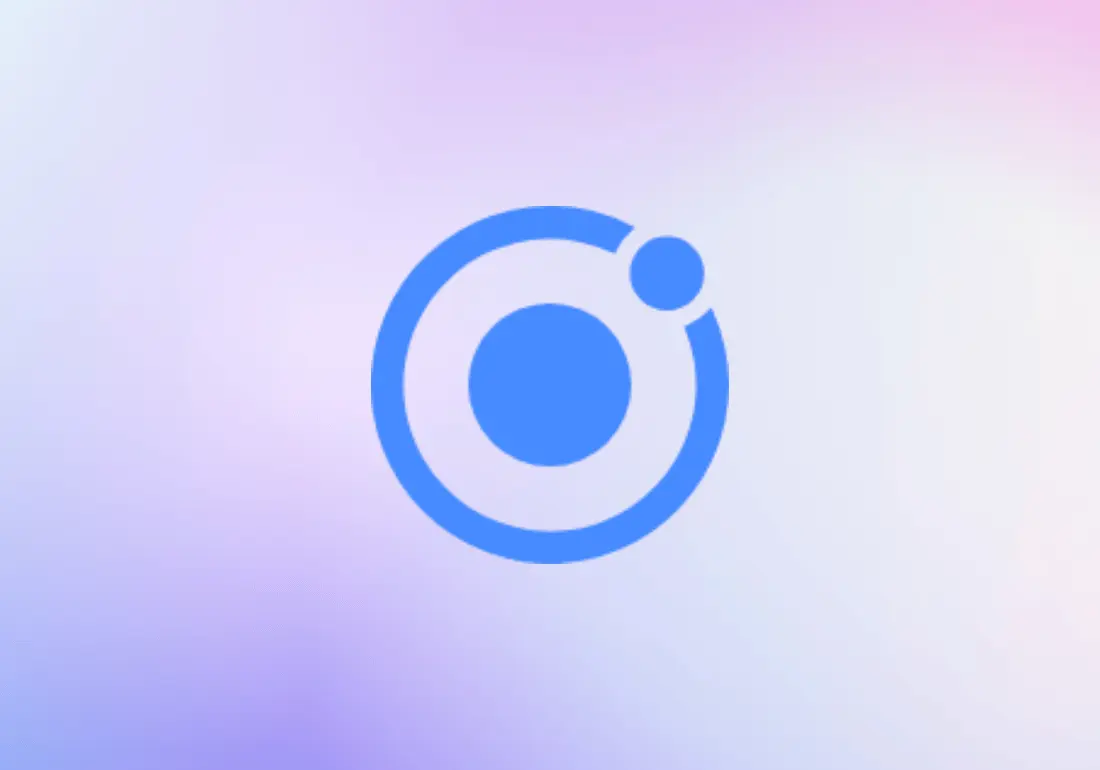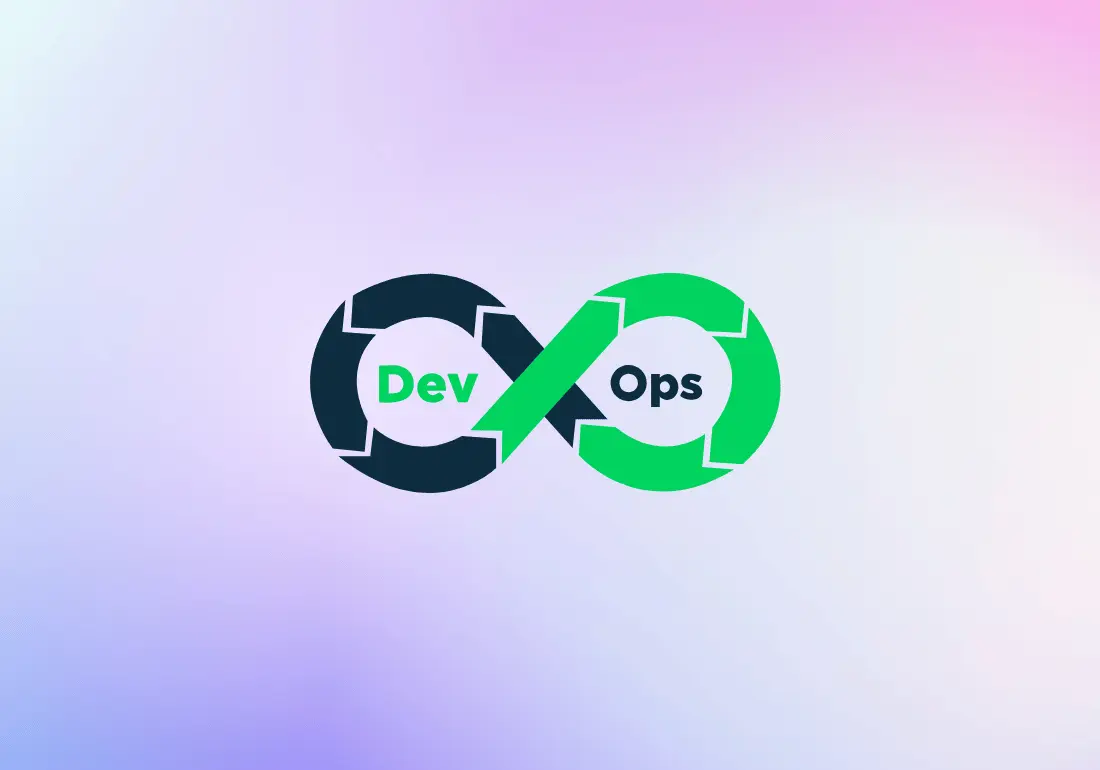Best SPSS Training in Chennai
Modules Covered in SPSS Training In Chennai: Master essential and advanced SPSS techniques, focusing on data management, statistical analysis, and data interpretation for research and professional applications.
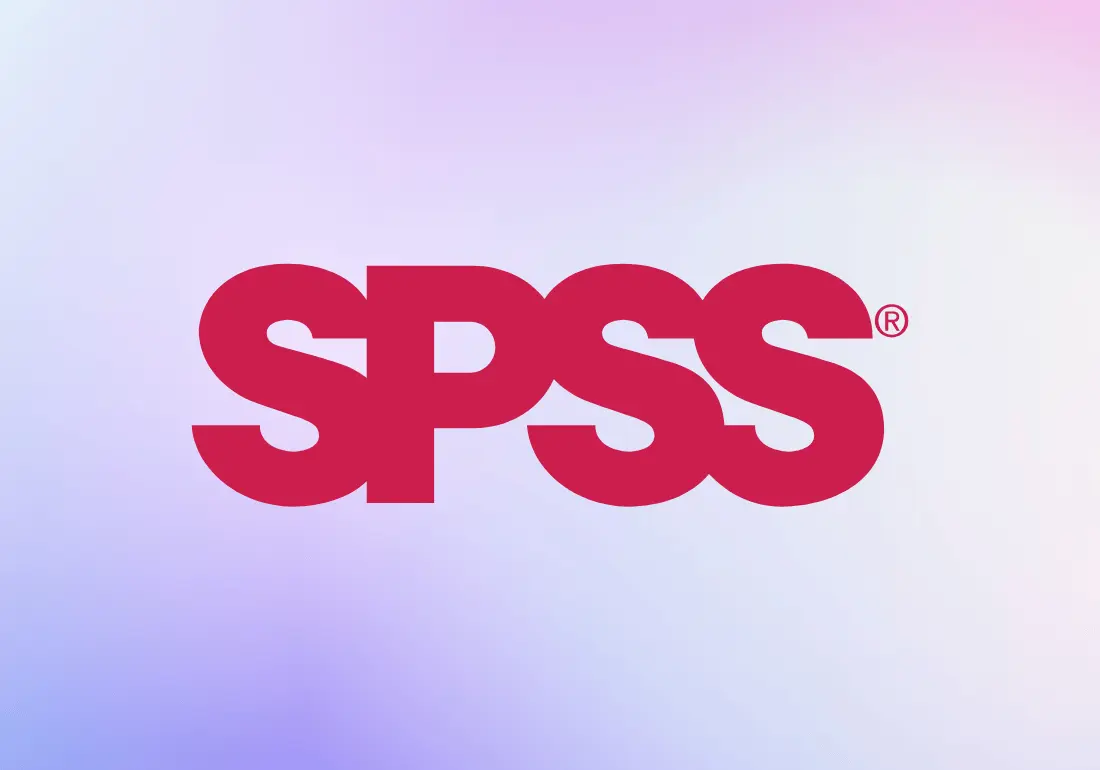
SPSS Training in Chennai
SPSS is software package, which is used for statistical analyses. SPSS is mainly leveraged in business analysis domain by various professionals such as Surveyors, Marketing Professionals, Market Researchers, etc. SPSS was initially a product of SPSS Inc. which is now acquired by IBM Corp. SPSS is an easy-to-learn software application.
SPSS is designed to operate in various Operating System platforms such as Windows, Mac, and Linux/Unix. The latest release of SPSS is 22.0. SPSS is a user-friendly Analysis Software. Unlike other analytics software SPSS has a good User Interface and is self-sufficient for many professionals, delivering with high efficiency.
SPSS has pull down menu through which the one can access the various options and features of the tool. There are two types of view in SPSS which are Data View and Variable View.
- Data View: Data View is where the actual data can be viewed as it is viewed in Spreadsheet.
- Variable View: Variable View is where the metadata dictionary can be viewed.
Methodology
The methodology through which SPSS is taught plays a vital role in student's understanding. SPSS is a GUI-based, statistical tool which needs to be trained in a student-friendly approach. We at Ampersand Academy, train our students in the apt approach which enables them to learn SPSS at ease. Despite, student's knowledge on theoretical statistics our approach enables students to learn SPSS with ease.
COURSE OVERVIEW
SPSS Training at Ampersand Academy
Our SPSS Training course offers a thorough exploration of statistical analysis using SPSS software, ideal for professionals in business analysis, research, and data management. Covering essential features such as Data View and Variable View, statistical analysis techniques, and data visualization, this course equips you with the skills to effectively manage and interpret data. With over 35 hours of expert-led instruction, flexible learning options, and comprehensive career support, you'll gain practical experience and insights to advance your career in data analysis and research. Learn from seasoned professionals and master SPSS to enhance your analytical capabilities.
SPSS Course Curriculum
1. Introduction to SPSS Statistics
- Introduction to Statistics
- Definition and importance of statistics in research.
- Types of data: Qualitative and Quantitative.
- Levels of measurement: Nominal, Ordinal, Interval, Ratio.
- Using Different Versions of the Software
- Overview of SPSS versions (IBM SPSS Statistics).
- Compatibility and key features of each version.
- Other Software Available in Analysis
- Comparison with other statistical software: R, SAS, STATA.
- Advantages and limitations of SPSS.
2. Getting Started with SPSS
- Taking a First Look at the Interface
- Navigating the SPSS interface: Data View and Variable View.
- Menu options and toolbars.
- Customizing the interface for better usability.
- Reading Data from a Spreadsheet
- Importing data from Excel, CSV, and other formats.
- Data import settings and options.
- Troubleshooting common import issues.
3. Charts for One Variable
- Creating Bar Charts for Categorical Variables
- Steps to create and customize bar charts.
- Interpreting bar chart results.
- Creating Pie Charts for Categorical Variables
- Creating and editing pie charts.
- When to use pie charts.
- Creating Histograms for Quantitative Variables
- Generating histograms.
- Understanding distribution shapes and implications.
- Creating Box Plots for Quantitative Variables
- Creating box plots for data visualization.
- Identifying outliers and interpreting box plots.
4. Modifying Data
- Recoding Variables
- Methods for recoding variables.
- Examples and use cases.
- Recoding with Visual Binning
- Grouping continuous data into categories.
- Visual binning techniques.
- Recoding by Ranking Cases
- Ranking data based on specific criteria.
- Practical applications of ranking.
- Computing New Variables
- Creating new variables using existing data.
- Calculated fields and formula examples.
- Combining or Excluding Outliers
- Identifying and dealing with outliers.
- Strategies for combining or excluding outliers.
- Transforming Outliers
- Techniques for transforming outlier data.
- Impact of outliers on analysis.
5. Working with the Data File
- Selecting cases
- Using filters and conditions to select cases.
- Practical examples.
- Using the Split File command
- Analyzing data by groups.
- Benefits of using the Split File command.
- Merging files
- Techniques for merging datasets.
- Handling common issues during merging.
- Using the Multiple Response command
- Analyzing multiple response data.
- Setting up multiple response sets.
6. Descriptive Statistics for One Variable
- Calculating frequencies
- Generating frequency tables.
- Interpreting frequency distributions.
- Calculating descriptive
- Measures of central tendency and dispersion.
- Using the Descriptives procedure.
- Using the Explore command
- Exploring data with the Explore procedure.
- Detailed analysis options.
7. Inferential Statistics for One Variable
- Calculating inferential statistics for a single proportion
- Performing hypothesis tests for proportions.
- Practical examples.
- Calculating inferential statistics for a single mean
- t-tests for a single mean.
- Understanding the results.
- Calculating inferential statistics for a single categorical variable
- Chi-square tests for categorical data.
- Interpreting chi-square results.
8. Charts for Two Variables
- Creating clustered bar charts
- Creating and customizing clustered bar charts.
- Comparing groups visually.
- Creating scatterplots
- Steps to create scatterplots.
- Analyzing relationships between variables.
- Creating time series
- Plotting time series data.
- Analyzing trends over time.
- Creating simple bar charts of group means
- Creating bar charts for group comparisons.
- Interpreting group means.
- Creating population pyramids
- Steps to create population pyramids.
- Applications in demographic analysis.
- Creating simple boxplots for groups
- Creating and interpreting group-wise boxplots.
- Comparing distributions.
- Creating side-by-side boxplots
- Generating side-by-side boxplots for comparison.
- Practical examples and interpretations.
9. Descriptive and Inferential Statistics for Two Variables
- Calculating correlations
- Pearson and Spearman correlation coefficients.
- Interpretation of correlation results.
- Computing a bivariate regression
- Running simple linear regression.
- Understanding regression output.
- Creating crosstabs for categorical variables
- Generating and interpreting cross-tabulation tables.
- Chi-square test for independence.
- Comparing means with the Means procedure
- Using the Means procedure to compare group means.
- Practical examples.
- Comparing means with the t-test
- Independent and paired t-tests.
- Interpreting t-test results.
- Comparing means with a one-way ANOVA
- Performing ANOVA tests.
- Post-hoc analysis and interpreting results.
- Comparing paired means
- Methods for comparing paired means.
- Practical applications.
10. Charts for Three or More Variables
- Creating clustered bar charts for frequencies
- Steps to create clustered bar charts.
- Applications in multivariate analysis.
- Creating clustered bar charts for means
- Generating clustered bar charts for group means.
- Interpretation and customization.
- Creating scatterplots by group
- Creating scatterplots for different groups.
- Analyzing grouped data visually.
- Creating 3-D scatterplots
- Steps to create 3-D scatterplots.
- Advantages and use cases.
- Creating scatterplot matrices
- Generating scatterplot matrices for multiple variables.
- Analyzing pairwise relationships.
11. Descriptive Statistics for Three or More Variables
- Using Automatic Linear Models
- Introduction to automatic linear modeling.
- Practical applications and interpretations.
- Calculating multiple regression
- Performing multiple regression analysis.
- Understanding and interpreting results.
- Comparing means with a two-factor ANOVA
- Running two-way ANOVA tests.
- Interpreting interaction effects.
12. Formatting and Exporting Tables and Charts
- Formatting descriptive statistics
- Customizing output tables.
- Practical tips for better presentation.
- Formatting correlations
- Enhancing correlation tables.
- Formatting options.
- Formatting regression
- Customizing regression results.
- Practical examples.
- Exporting charts and tables
- Exporting SPSS output to Word, Excel, and PDF.
- Best practices for exporting and sharing results.
13. Application of SPSS
- Real-world applications in various fields.
- Case studies and success stories.
13. Industrial Applications
- Use of SPSS in different industries.
- Impact on decision-making and research.
Course Duration and Planning
Our SPSS Training course extends over 35 hours of detailed, instructor-led instruction. The program is meticulously designed to cover all aspects of SPSS, from basic statistical techniques to advanced data analysis and visualization. We offer flexible learning options to accommodate your schedule, including both classroom and online sessions. The training will proceed until the entire syllabus is comprehensively covered, ensuring you achieve a thorough understanding and proficiency in using SPSS for statistical analysis and research. The table below illustrates our structured approach to delivering this extensive training program.

Who Is this course for?
Skills you can add to your CV:
Scope of SPSS
SPSS is considered one of the most leveraged tool for statistical analyses. What makes special about SPSS is its user-friendliness and comprehensiveness. SPSS has great scope both for research purposes and for job. SPSS is one of the vital and most leveraged tools for the statistical analysis in the research field. SPSS is used in domains such as market research, clinical analysis, econometric analyses, etc. Furthermore, SPSS has been leveraged widely in many market analytics companies and even in financial companies for analytics.
Prerequisite to join SPSS Course
Various positions offered for SPSS
Placement Stats
Maximum Salary Hike
Average Salary Hike
Our Alumni In Top Companies







Career Assistance We Offer
We provide dedicated career support to help you excel in your SPSS career. Our tailored services ensure you're fully prepared to succeed, including:
Trusted and Recommended: 4.9 Stars Everywhere You Look
Ampersand Academy has consistently received 4.9-star ratings on Google, Facebook, UrbanPro, Sulekha, and Just Dial, reflecting our commitment to providing exceptional education and support.
Impressive Teaching
Personal Care
Easy to Understand
FAQs
What is SPSS, and why is it important for data analysis?
SPSS (Statistical Package for the Social Sciences) is a powerful software tool used for statistical analysis. It’s essential for professionals in fields like market research, healthcare, and social sciences due to its ease of use and comprehensive features for data manipulation and analysis.
Who can benefit from SPSS training?
SPSS training is ideal for data analysts, researchers, market analysts, business analysts, academic professionals, and students who need to perform statistical analyses and interpret data effectively.
What are the prerequisites for joining SPSS training?
Basic knowledge of statistics and familiarity with data analysis concepts are recommended. However, the course is designed to accommodate both beginners and those with some experience in statistical analysis.
What will I learn in the SPSS training course?
The course covers data entry, statistical analysis, data visualization, and interpretation of results. You’ll learn to use SPSS’s features for descriptive statistics, inferential statistics, and complex data manipulations.
How long is the SPSS training program at Ampersand Academy?
Our SPSS training program spans several hours of in-depth instruction, including both theoretical and practical sessions. The exact duration may vary based on the specific course package you choose.
What is the format of the SPSS training?
We offer flexible learning options including classroom-based, online, and hybrid formats to suit your schedule and learning preferences.
Will I receive a certificate upon completion of the SPSS course?
Yes, upon successful completion of the course, you will receive a certificate that validates your skills and expertise in using SPSS for statistical analysis.
Are there any practical components included in the SPSS training?
Yes, our training includes hands-on exercises and real-world case studies to help you apply what you’ve learned and gain practical experience with SPSS.
Can SPSS be used on different operating systems?
Yes, SPSS is compatible with various operating systems, including Windows, Mac, and Linux/Unix, making it versatile for different users.
How does SPSS compare to other statistical software?
SPSS is known for its user-friendly interface and comprehensive features. Compared to other statistical tools, it offers robust functionality for data manipulation, statistical analysis, and reporting, with a focus on ease of use.
What kind of support will I receive during the SPSS training?
Our training includes support from experienced instructors, access to course materials, and opportunities for one-on-one assistance to ensure you fully understand the SPSS software.
How is the SPSS training content updated?
We regularly update our training content to reflect the latest features and best practices in SPSS, ensuring you receive the most current and relevant knowledge.
Are there any additional resources provided in the SPSS training?
Yes, you will have access to supplementary materials such as practice datasets, tutorials, and reference guides to enhance your learning experience.
Can the SPSS training be customized for corporate clients?
Absolutely. We offer tailored SPSS training programs for corporate clients to address specific industry needs and organizational goals.
How can I get started with SPSS training at Ampersand Academy?
To get started, contact us through our website or phone. We’ll provide information on course schedules, enrollment procedures, and any other details you need to begin your SPSS training journey.

